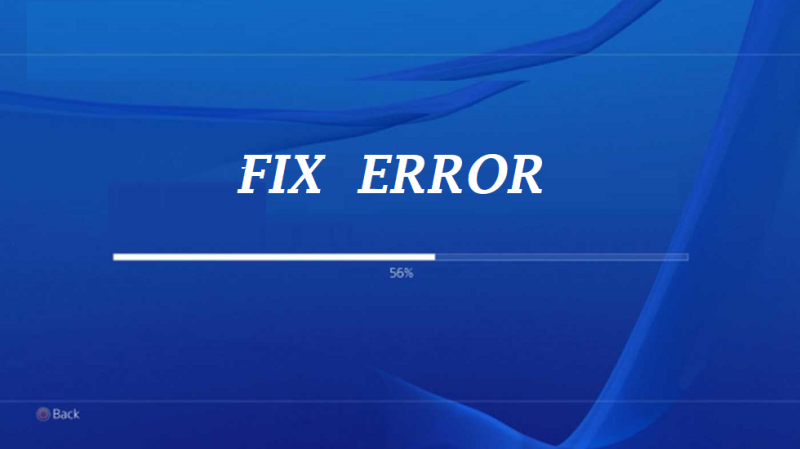In the digital age, unusual errors can appear in software, logs, or even documentation that confuse both beginners and experienced developers. One such unusual occurrence is the error 7644fg.j-7doll code. At first glance, this string does not match any standard error message or widely recognized system failure. Still, people encountering it may feel the need to investigate what it means, why it appears, and how to respond to it.
This article provides a comprehensive explanation of the error 7644fg.j-7doll code, its possible origins, how to troubleshoot it, and what steps to take when facing such strange outputs in your systems or projects.
What Is the Error 7644fg.j-7doll Code?
Unlike common errors you may see in programming languages or operating systems, the error 7644fg.j-7doll code does not belong to any official library, API, or platform documentation. This indicates that the message could be:
- A randomly generated string from corrupted data.
- A placeholder value left behind in a script or template.
- A spammy artifact injected by automated tools or bots.
- A custom identifier created for testing but not properly removed.
In essence, the error 7644fg.j-7doll code is not a real standard error code. It seems to fall under the category of misleading outputs that require logical investigation rather than memorized fixes.
Why Strange Codes Appear in Systems
Errors like the error 7644fg.j-7doll code usually arise for one of the following reasons:
- Data Corruption – Files, logs, or databases sometimes store corrupted information, which manifests as unreadable error messages.
- Misconfigured Software – Developers may forget to replace placeholders, leaving strange identifiers in production.
- Third-Party Scripts – Plug-ins or add-ons can introduce non-standard codes if they malfunction.
- Spam Artifacts – Automated systems sometimes inject meaningless tags that resemble errors.
- Testing Remnants – Engineers may use dummy codes like the error 7644fg.j-7doll code during development, and forget to remove them later.
How to Approach the Error 7644fg.j-7doll Code
When facing the error 7644fg.j-7doll code, treat it as an investigative puzzle rather than a traditional bug. Here are some practical steps:
1. Reproduce the Error
Try to identify under what conditions the error appears. Is it tied to a specific action, such as compiling code, loading a file, or running a program?
2. Check Logs
Review related logs. If you see the error 7644fg.j-7doll code repeatedly, it might be linked to a certain module or data set.
3. Compare with Known Errors
Cross-check with recognized error codes in the software you’re using. If the error 7644fg.j-7doll code does not appear in the documentation, it’s safe to assume it is non-standard.
4. Scan for Corruption
Run diagnostic checks on your files or databases. Sometimes, unusual strings like the error 7644fg.j-7doll code are side effects of damaged entries.
5. Look for Hardcoded Values
Inspect your scripts and source code. Developers occasionally insert placeholders like the error 7644fg.j-7doll code during testing phases.
The Risks of Ignoring Such Errors
Even if the error 7644fg.j-7doll code does not represent a real system failure, ignoring it can still cause problems:
- Confusion – Teams may waste time trying to decipher meaningless outputs.
- False Alarms – Monitoring systems might misinterpret the code as a genuine issue.
- Security Risks – If the code originated from injected data, it could signal unauthorized interference.
- Data Integrity Issues – Corruption may spread if the cause is not isolated.
Preventing Errors Like the Error 7644fg.j-7doll Code
Although you cannot completely prevent unusual codes from appearing, you can reduce the chances by following good practices:
- Validate Inputs – Ensure that all data passed into your systems is sanitized.
- Monitor Logs Regularly – Early detection of strings like the error 7644fg.j-7doll code prevents larger issues.
- Use Error Handling Routines – Instead of vague placeholders, ensure your applications produce clear error messages.
- Document Testing Procedures – Avoid leaving behind test identifiers such as the error 7644fg.j-7doll code.
- Secure Your Environment – Scan for malware or suspicious scripts that may generate random strings.
A Hypothetical Case Study
Imagine a small business running a custom web application. Suddenly, during a checkout process, the system logs display the error 7644fg.j-7doll code.
At first, the development team panics, assuming it is a critical security exploit. However, upon deeper inspection, they discover it is nothing more than a leftover testing string added by a junior developer weeks earlier. While harmless, the confusion cost the team hours of unnecessary troubleshooting.
This illustrates how strange codes like the error 7644fg.j-7doll code can derail productivity if not handled calmly and logically.
Key Takeaways
- The error 7644fg.j-7doll code is not a recognized system error.
- It often results from corrupted data, placeholder text, or testing remnants.
- While not dangerous on its own, it should still be investigated.
- Strong logging, validation, and documentation practices can prevent recurrence.
- Staying calm and methodical is the best approach when facing confusing codes.
Conclusion
Errors that don’t make sense can be more frustrating than well-documented issues. The error 7644fg.j-7doll code is one such example of a mysterious string that might appear in your system without clear context. By applying logical troubleshooting steps, verifying data integrity, and practicing secure coding standards, you can ensure that such strange codes do not disrupt your workflow.
Ultimately, whether it originates from corruption, testing remnants, or random artifacts, the error 7644fg.j-7doll code should remind us of the importance of clarity, documentation, and preventive measures in digital environments.
